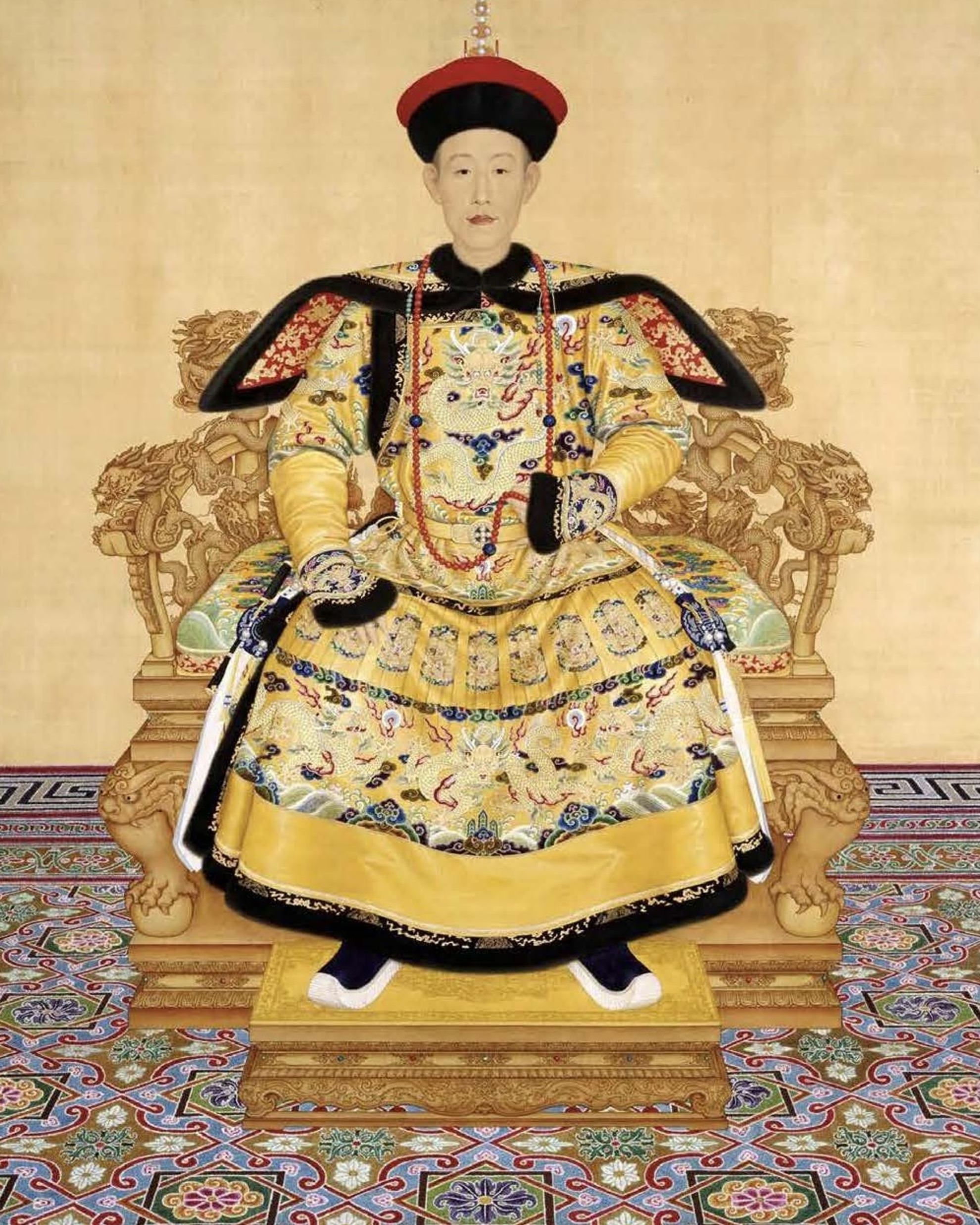
Lang Shih-Ning
THE PAINTER FROM THE LAST HORIZON
Giuseppe MainoHe was born 1688 in Milan and baptized Giuseppe Castiglione; as a young Jesuit brother he’d painted canvases in oils (Christ and the Samaritan Woman, Tobias and the Archangel…) in the transitional style of the time, mixing late Baroque and the dawning Rococo style. Almost eighty years later, he died in Beijing with the name of Lang Shih-Ning and the rank of Mandarin, Second Class, Court Painter to the Kangxi Emperor. He left a remarkable body of work: paintings on silk of emperors, concubines, flowers, countless animal, and especially horses, symbols to the Manchu ruling class of a long-lost nomadic freedom. To the Western eye, those paintings might have been painted by a Chinese artist, while to the Chinese gaze they were the work of someone conversant in their language and culture, but with accents and flourishes indicative of a foreign birth and education (perspective conveyed through vanishing points, the shading of chiaroscuro…) Father Matteo Ricci had been the first to glimpse the possibility of a great empathy between the two civilizations; Castiglione, a Jesuit like Ricci, shaped that vision in the form of his art.






